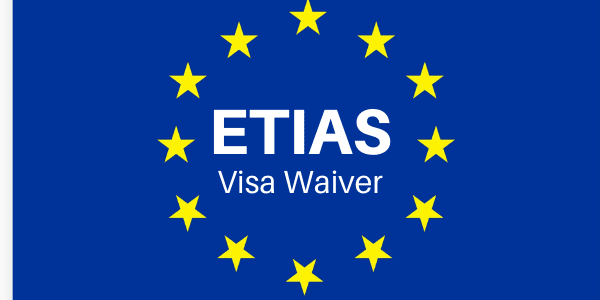European Travel Information and Authorization System

Understanding ETIAS: Europe’s Travel Authorization System
As global travel becomes increasingly interconnected, ensuring safety and security at borders is paramount. The European Union (EU) recognized this need and introduced the European Travel Information and Authorization System, more commonly known as ETIAS. In this article, we’ll delve into what ETIAS is, its purpose, and its significance for travelers and the European Union.
1. What is ETIAS?
ETIAS, or the European Travel Information and Authorization System, is not a visa. Instead, it’s an electronic travel authorization system designed for travelers from visa-exempt countries visiting the Schengen Area.
2. Why was ETIAS developed?
The primary reason behind the development of ETIAS was to enhance the security of the EU member countries. By pre-screening travelers, the EU aims to prevent potentially harmful individuals from entering the region while facilitating smoother border crossings for legitimate travelers.
3. How is ETIAS different from a traditional visa?
While a traditional visa requires a more in-depth application process and often an interview, ETIAS is a simpler, digital process. Travelers fill out an online application, which is then checked against various security databases.
4. Who needs to apply for ETIAS?
Nationals from visa-exempt countries who wish to visit the Schengen Area for short stays (up to 90 days within a 180-day period) will need to obtain ETIAS authorization before travel.
5. What is the process for applying for ETIAS?
Applying for ETIAS is straightforward. Travelers will need to fill out an online application, providing personal details, passport information, and answering a few security-related questions. A fee will be required, and most applications are approved within a matter of hours.
6. What are the benefits of ETIAS for travelers and for the European Union?
For travelers, ETIAS streamlines the entry process into Schengen countries, reducing waiting times. For the EU, it bolsters security by identifying and preventing the entry of potentially harmful individuals.
7. How does ETIAS enhance security measures?
ETIAS cross-references applicants’ information against various security databases, ensuring that those who pose a risk are identified even before they reach the Schengen borders.
8. What happens if a traveler doesn’t have an ETIAS when required?
Travelers without the necessary ETIAS authorization may face delays, fines, or even be denied entry at the border.
9. How long is an ETIAS valid for?
Once granted, ETIAS authorization is valid for three years or until the passport’s expiration date, whichever comes first. However, the actual duration of each stay within the Schengen Area remains limited to 90 days within a 180-day period.
ETIAS represents the EU’s commitment to enhanced security and smoother international travel. By understanding and complying with its requirements, travelers can ensure a hassle-free experience when exploring the Schengen Area
